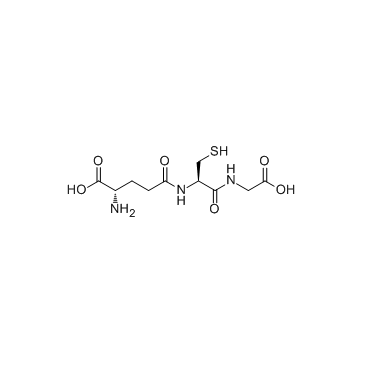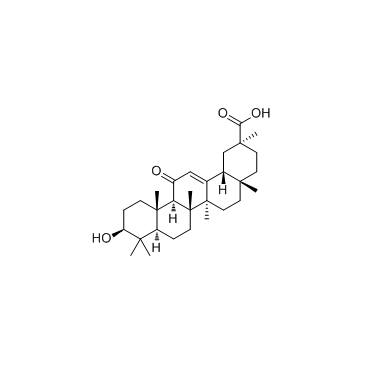| 结构式 | 名称/CAS号 | 全部文献 |
|---|---|---|
 |
2-硝基苯甲酸
CAS:552-16-9 |
|
 |
胱胺二盐酸盐
CAS:56-17-7 |
|
 |
水合氯醛
CAS:302-17-0 |
|
 |
谷胱甘肽/5-L-谷氨酰-L-半胱氨酰甘氨酸
CAS:70-18-8 |
|
 |
甘草次酸; beta-甘草亭酸
CAS:471-53-4 |